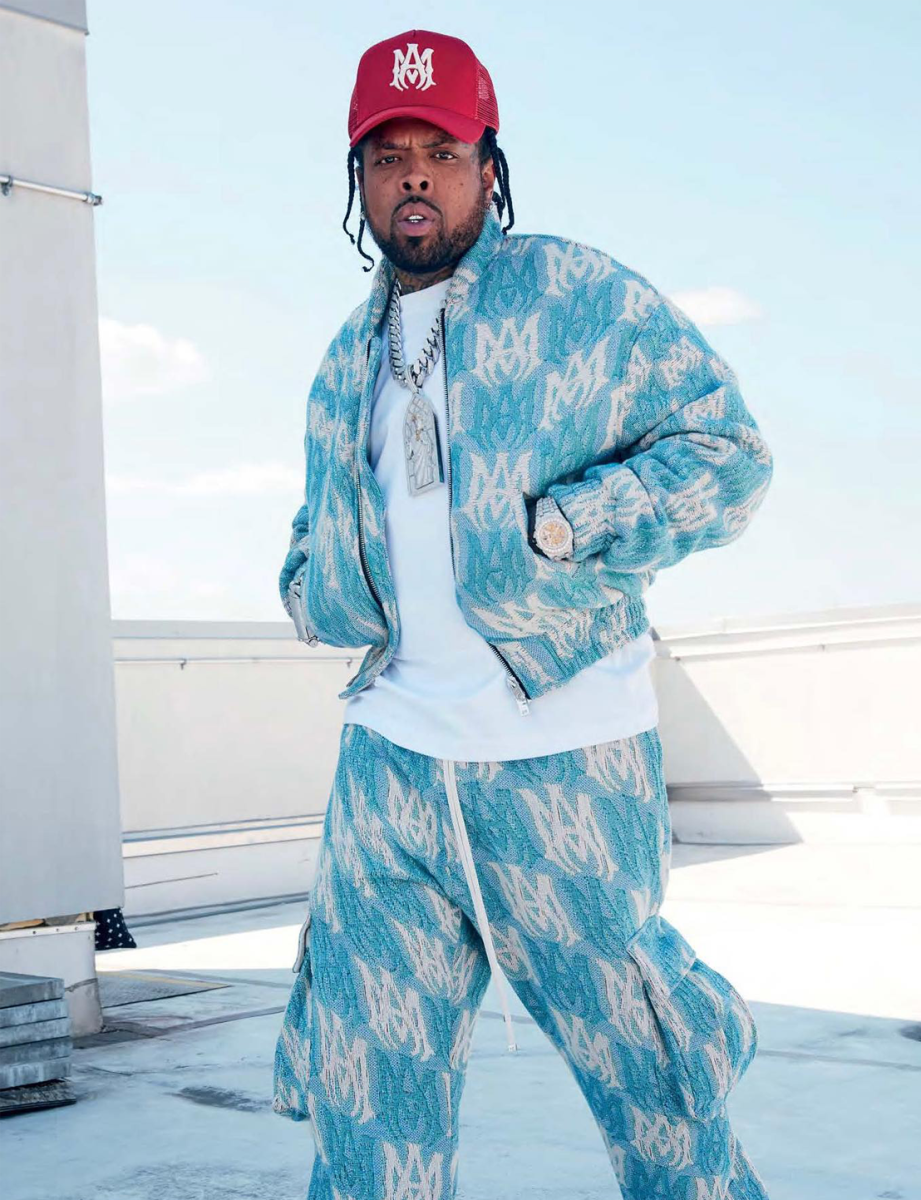Branded Clothing for Active Lifestyles: What Fabrics Support Performance?
Branded Clothing for Active Lifestyles: What Fabrics Support Performance?
Blog Article
Understanding Apparel: The Significance of Fabric Choices in Your Wardrobe
The choice of material in apparel plays a crucial duty in both aesthetic appeals and performance. Different products provide varying levels of convenience, longevity, and breathability, straight influencing the user's experience. Comprehending these nuances can enhance one's closet significantly. Yet, lots of overlook exactly how these options can influence not simply individual design, but also sustainability. What fabric choices could redefine your closet and align it with both style and duty?
The Function of Material in vogue and Performance

Common Textile Kinds and Their Attributes
When choosing clothes, recognizing the characteristics of usual fabric kinds is crucial for making notified choices. Cotton, a widely-used natural fiber, is understood for its breathability, versatility, and gentleness, making it suitable for casual wear and daily garments. Linen, an additional all-natural option, boasts superb moisture-wicking homes and a distinct structure, perfect for warm climates.Wool, often preferred for its heat and resilience, varies in excellence; merino woollen is soft versus the skin, while coarser types are used for outerwear. Artificial materials like polyester and nylon provide durability and resistance to wrinkles, making them preferred for activewear and traveling garments. Ultimately, blends, which integrate artificial and all-natural fibers, can boost performance while preserving convenience. By acknowledging these material qualities, individuals can pick clothing that straightens with their way of living and visual preferences.
Breathability and Comfort: Choosing the Right Fabrics for Different Environments
Choosing the best textiles for various climates can greatly enhance comfort and general wearability. Breathable materials are important in warm environments, as they permit air flow and moisture dissipation. Fabrics such as cotton, linen, and moisture-wicking synthetics successfully attract sweat far from the body, keeping the wearer cool and dry. On the other hand, in cooler environments, thicker materials like woollen or fleece provide insulation while keeping breathability, making sure warmth without overheating.Additionally, the selection of textile weight plays an important function; lightweight materials are more effective for summer, whereas heavier options are suited for winter season wear. Recognizing the distinct buildings of each textile makes it possible for individuals to clothe suitably for varying climate condition. Ultimately, selecting comfy and breathable fabrics tailored to details environments can substantially improve day-to-day comfort and boost the general experience of putting on clothes.
Durability and Treatment: How Textile Affects Long Life of Your Wardrobe
Choosing the ideal products can considerably impact the sturdiness and care requirements of a closet. Fabrics such as cotton and polyester are understood for their resilience and simplicity of upkeep, making them perfect for daily wear. On the other hand, delicate products like silk and lace require more careful handling and specialized cleaning techniques, which can increase the time and initiative needed for care. Branded Clothing.Durability is also affected by the fabric's weave and finish; firmly woven materials have a tendency to withstand damage better than freely woven options. Additionally, synthetic blends usually give boosted durability, integrating the very best qualities of numerous fibers.Understanding the treatment instructions for each and every textile is important, as incorrect washing or drying can result in early wear. Ultimately, picking resilient materials can result in a longer-lasting closet, decreasing the frequency of substitutes and adding to an extra lasting fashion selection
The Impact of Textile on Fit and Silhouette

Sustainable Fabric Options: Making Eco-Friendly Choices
The influence of material extends past fit and shape to encompass ecological factors, triggering a growing interest in lasting fabric selections. Green materials, such go to my site as natural cotton, hemp, and Tencel, are getting grip among customers who prioritize sustainability in their closets. These products are commonly created with fewer chemicals and water, decreasing their eco-friendly footprint.Additionally, recycled textiles, made from post-consumer waste, provide an innovative solution to the fabric market's contamination problem. web Brands significantly welcome transparency in their sourcing techniques, allowing consumers to make informed choices concerning their purchases.Choosing lasting textiles not only sustains moral practices yet also urges the fashion business to take on even more liable manufacturing approaches. As awareness of environmental issues increases, people are prompted to assess the lasting effect of their material selections, fostering a motion in the direction of an extra sustainable and ecologically conscious technique to style.
Elevating Style: How Material Can Change an Outfit
While several might concentrate on color and cut when choosing a clothing, the selection of material plays a vital function in elevating design and improving overall appearance. Different products communicate distinctive moods and messages; for example, silk radiates high-end and refinement, while jeans provides a casual, loosened up ambiance. The structure and drape of a fabric can significantly modify the shape, with structured materials offering a polished look and softer ones creating an extra fluid, unwinded aesthetic.Moreover, the weight of the material influences wearability across periods. Light-weight materials like linen and cotton are optimal for summertime, while larger products such as wool and velvet offer heat and sophistication in colder months. Comprehending fabric buildings, such as breathability and stretch, also encourages people to make informed choices that boost comfort without compromising design. Eventually, the right material can change a clothing from ordinary to remarkable, making it a crucial factor to consider in any type of wardrobe.
Frequently Asked Inquiries
Just how Do I Recognize the Textile Content of My Apparel?
To recognize fabric material, one can analyze care labels, conduct melt tests for fiber recognition, or get in touch with textile swatches. These methods reference help differentiate products, making certain informed choices for clothing treatment and upkeep in everyday wear.
Can Fabric Option Affect My Mood or Self-confidence?
Fabric selection can greatly influence a person's state of mind and self-confidence. Branded Clothing. Specific products might stimulate sensations of convenience or sophistication, while others can really feel restrictive or unflattering, inevitably influencing self-perception and psychological well-being throughout the day
What Fabrics Are Finest for Sensitive Skin?
For individuals with sensitive skin, all-natural fabrics like bed linen, cotton, and bamboo are commonly suggested. These materials are breathable, hypoallergenic, and much less likely to create irritability, making them appropriate options for comfort and skin wellness.
Exactly how Do I Appropriately Clean and Care for Different Fabrics?
To appropriately care and clean for different textiles, one need to take into consideration each material's particular requirements, including temperature settings, cleaning agents, and drying out techniques, guaranteeing durability and keeping the fabric's initial top qualities for suitable usage.
Are There Specific Fabrics for Athletic or Efficiency Wear?
Sports or efficiency wear typically uses materials such as nylon, polyester, and spandex. These products are developed for moisture-wicking, breathability, and flexibility, boosting motion and convenience during exercises while supplying toughness and assistance. Alternatively, in cooler environments, thicker materials like woollen or fleece offer insulation while preserving breathability, making sure warmth without overheating.Additionally, the choice of fabric weight plays an essential role; light-weight textiles are preferable for summertime, whereas heavier options are matched for wintertime wear. In comparison, fragile products like silk and lace require more mindful handling and specialized cleaning techniques, which can increase the time and initiative required for care.Durability is likewise influenced by the material's weave and finish; securely woven textiles have a tendency to withstand wear and tear much better than freely woven alternatives. In comparison, stiff textiles can restrict motion yet provide a timeless, refined look.Moreover, the density and texture of the fabric can influence the visual assumption of body form. The influence of fabric extends past fit and silhouette to encompass environmental aspects, triggering an expanding interest in sustainable material options. The texture and drape of a material can significantly modify the silhouette, with organized fabrics offering a polished appearance and softer ones developing a more fluid, loosened up aesthetic.Moreover, the weight of the fabric affects wearability throughout seasons.
Report this page